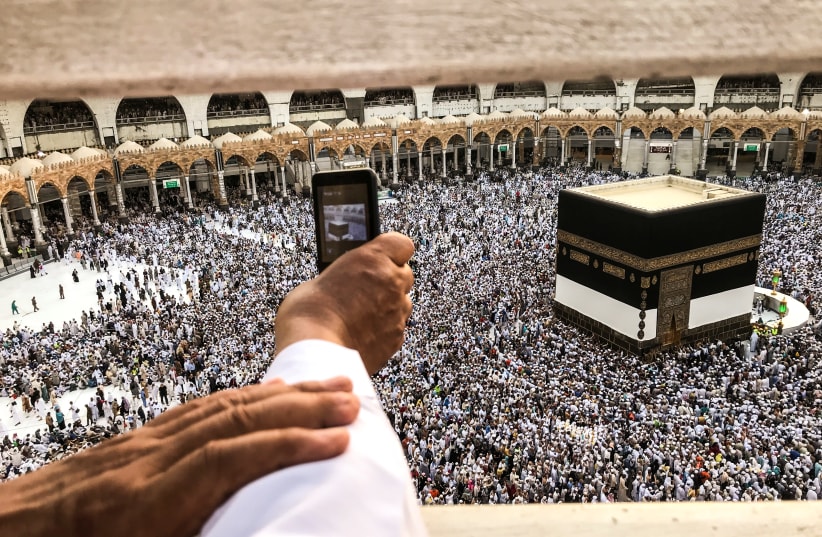A Related Video You May Like:
Saudi Arabia has said that more than 2.3 million pilgrims, most of them from outside Saudi Arabia, have arrived for the five-day ritual, a religious duty once in a lifetime for every able-bodied Muslim who can afford the journey.The pilgrims will spend the day on Mount Arafat. By sunset they will move to the rocky plain of Muzdalifa to gather pebbles to throw at stone columns symbolising the devil at another location called Jamarat on Tuesday, which marks the first day of Eid al-Adha, or the feast of sacrifice.A new kiswa, the cloth embroidered with verses from the Koran, was placed over the Kaaba in Mecca's Grand Mosque late on Sunday. Pilgrims will return to pray there at the end of hajj.HEALTH AND SAFETYSaudi Arabia stakes its reputation on its guardianship of Islam's holiest sites -- Mecca and Medina -- and organising the pilgrimage.A perennial concern is the potential for disease spreading among pilgrims, who spend five days in close quarters, often eating outside and sleeping on the ground near holy sites.The world's largest annual gathering of Muslims has in the past also seen stampedes, fires and riots, with authorities sometimes struggling to respond. Hundreds were killed in a crush in 2015, the worst disaster to strike hajj for at least 25 years.Officials say they have taken all necessary precautions this year, with tens of thousands of security forces and health workers on hand to maintain safety and provide first aid.Pilgrimage is also the backbone of a plan to expand tourism under a drive to diversify the kingdom's economy away from oil. The hajj and year-round umrah generate billions of dollars in revenue from worshippers' lodging, transport, fees and gifts.Officials aim to increase the number of umrah and hajj pilgrims to 15 million and 5 million respectively by 2020, and hope to double the umrah number again to 30 million by 2030.
Repentant Muslims gather on Mount Arafat for Hajj climax
Some pilgrims carried bright umbrellas to protect themselves from the sun as temperatures rose above 100 degrees.
